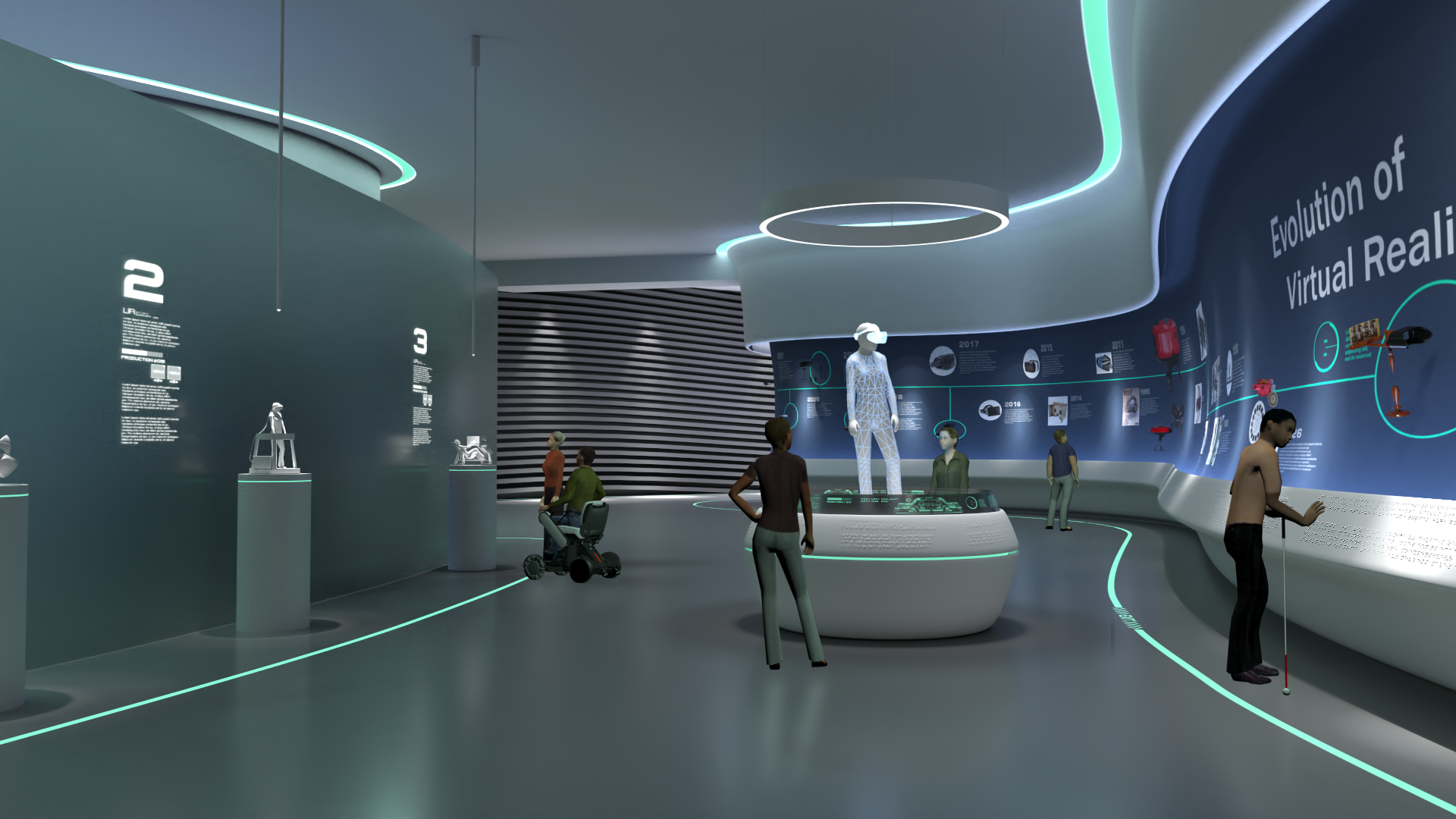
- Mechanisms for Direct Brain Interfaces
Annotated Bibliography
COPY currently shown bibliography
Acarón Ledesma, H., Li, X., Carvalho-de-Souza, J.L. et al. An atlas of nano-enabled neural interfaces. Nat. Nanotechnol. 14, 645–657 (2019). https://doi.org/10.1038/s41565-019-0487-x
- A review of the BCI field focused on the materials and implementation designs. Intent is to develop an atlas of different nanotechnologies that can be used in biological interfaces.
Machine translation of cortical activity to text with an encoder–decoder framework https://www.nature.com/articles/s41593-020-0608-8
- Training a recurrent neural network to encode each sentence-length sequence of neural activity into an abstract representation, and then to decode this representation, word by word, into an English sentence.
Researchers demonstrate first human use of high-bandwidth wireless brain-computer interface https://www.brown.edu/news/2021-03-31/braingate-wireless
- A clinical trial's participants with tetraplegia have demonstrated the use of an intracortical wireless BCI with an external wireless transmitter. The system is capable of transmitting brain signals at single-neuron resolution and in full broadband fidelity without physically tethering the user to a decoding system. The traditional cables are replaced by a small transmitter about 2 inches in its largest dimension and weighing a little over 1.5 ounces.
Shih, J. J., Krusienski, D. J., & Wolpaw, J. R. (2012, March). Brain-computer interfaces in medicine. In Mayo clinic proceedings (Vol. 87, No. 3, pp. 268-279). Elsevier. https://www.ncbi.nlm.nih.gov/pmc/articles/PMC3497935/
- The paper discusses BCI in detail - its components, milestones, and different applications in medicine.
Valeriani, D., Santoro, F., & Ienca, M. (2022). The present and future of neural interfaces. Frontiers in neurorobotics, 16, 953968.
https://doi.org/10.3389/fnbot.2022.953968
- This paper is a dissemination of previous research related to neural interfaces. It includes current technological advancements from interfaces aiding decision-making to bio-platforms that can help with Parkinson's. The authors discuss future trends for the next decade and the ethics surrounding it. As these technologies integrate into people's daily lives, they note that security, discrimination, and privacy will be the most prevalent issues.